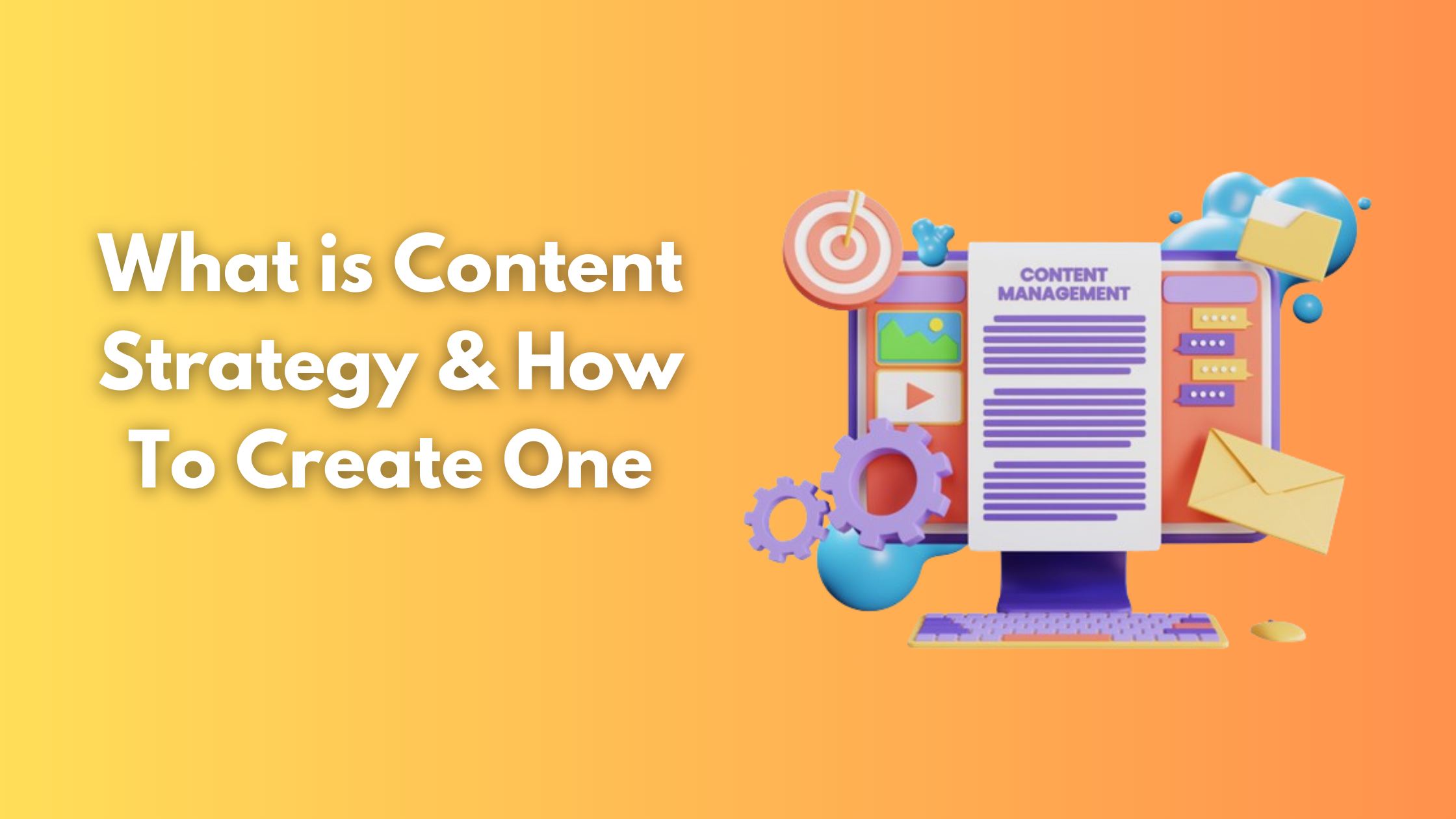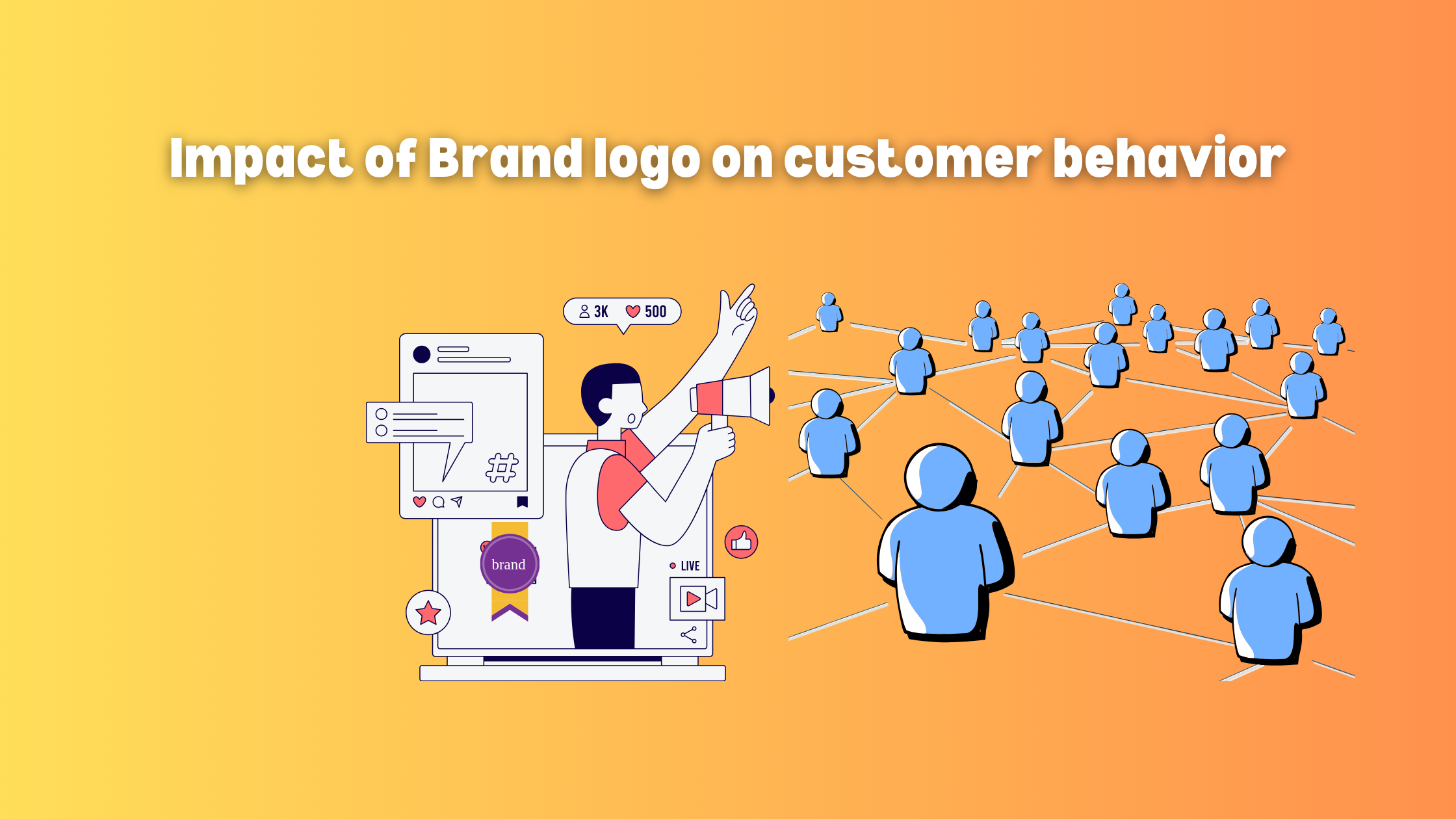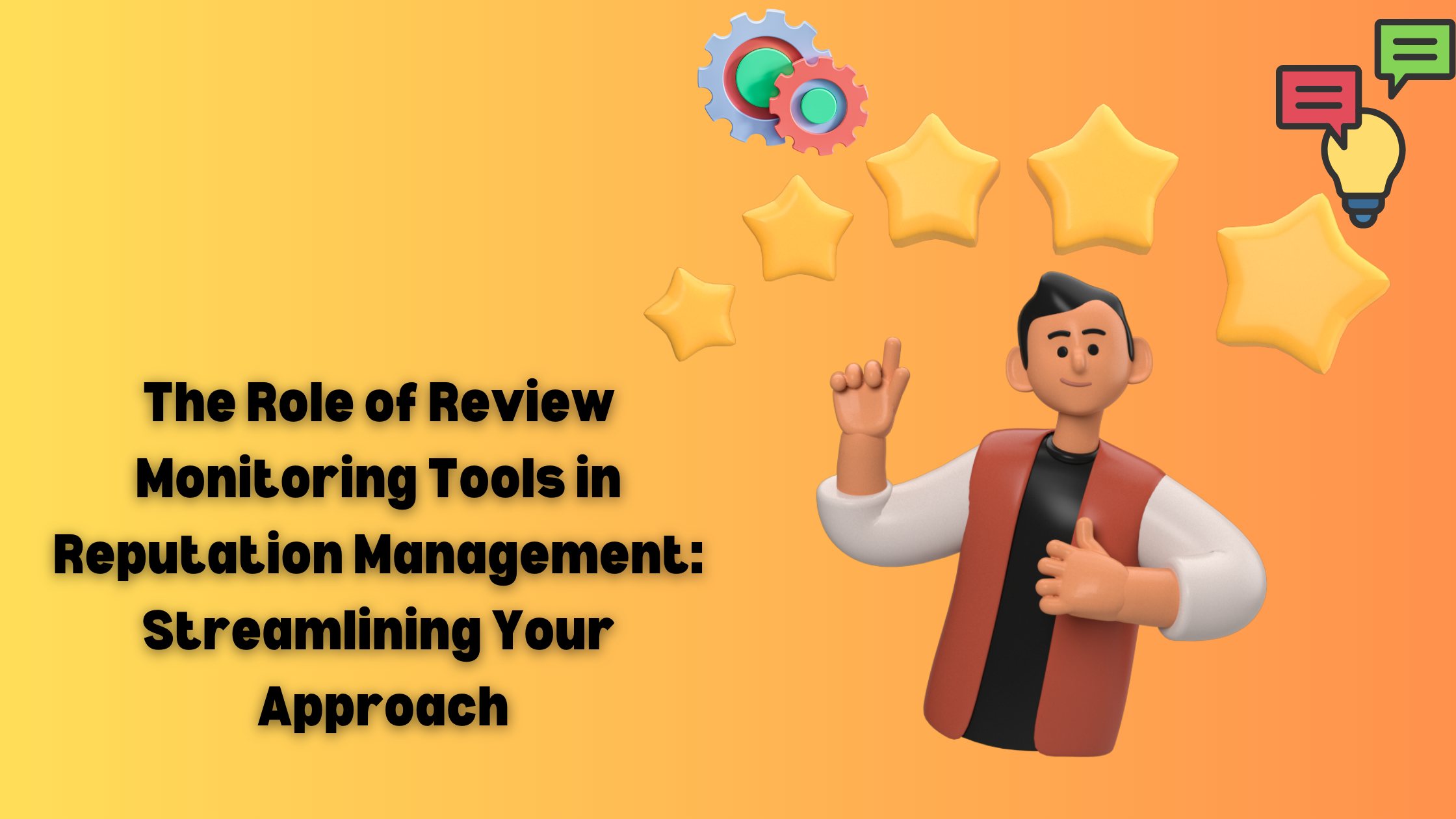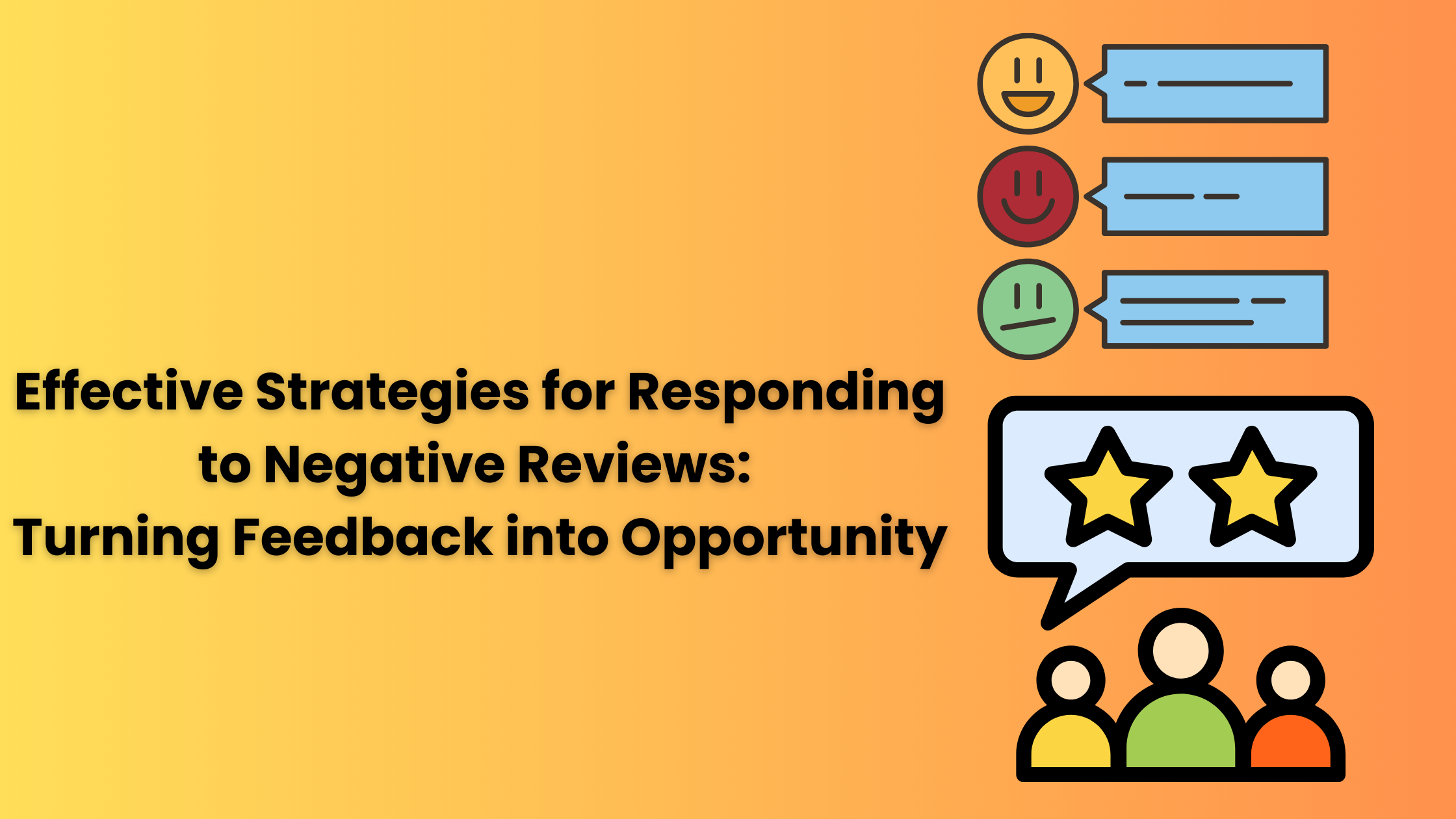
Despite so many new channels and methods of marketing, email marketing continues to be one of the most important channels of marketing. However, it is important to measure the success of your campaigns as it reveals how clearly we understand the market and target audience.
With correct email marketing metrics, you can easily measure the performance of your email marketing. The process of measuring the performance of your campaign should be woven from the start. Marketers must know how they will analyze the success at each level.
In this blog, we’ll learn why email marketing is good, how to build a measurement plan, and important metrics for measuring the success of your email campaign!
Why is Email Marketing good?
According to a study conducted by the Data and Marketing Association, 73% of customers prefer to receive marketing assets via email rather than through other marketing channels. Other data reflects a much higher percentage of 77%. 80% of marketers consider email marketing as a very important and vital part of marketing.
Email marketing campaigns also yield a high return on investment (ROI). Also, a well-executed email marketing campaign helps in improving sales and lead generation. It also enhances operational efficiency as it reduces the cost of acquiring new customers. It also ensures a consistent flow of customers and helps in building strong relationships with customers. It promotes customer loyalty.
Once you have planned, scheduled, and dispatched the email marketing campaigns, you must prepare a strategy to monitor their effectiveness so that you can make necessary changes on time and make adjustments to enhance their performance. It also enhances the decision-making and helps in making a data-driven decision.
Building a measurement plan

By following these steps, you can create an effective measurement strategy
- Timing: While it is important to track the performance of your email marketing campaign. You should begin it with building a tracking schedule. For that, you can measure the performance weekly, monthly. You can also track the progress of a particular campaign. You should monitor how your email campaigns are performing according to the industry standards and past performance. It helps in identifying the different customer segments, product quality, and strengths and weaknesses of your campaigns.
- Objectives: Make sure that your performance tracking aligns with your business objectives and goals. You must create strong and measurable goals. For example, your goal is to increase sales by 10% in 30 days. In such a case, you must know how you will measure it and what tools you need for measuring it.
- Analyze: Once you have set the goals and objectives along with the schedule and tools to measure it, you must analyze its success. It involves interpretation of the data to understand what compels each user to make a click. By analysing the data, you can understand which strategy is working well for your business. By studying the preferences and buying behaviours of your customers, you can understand their interests and needs of your customers. It helps in creating more engaging content for your customers. Once you have measured and analyzed your results, you should choose approaches and Key Performance Indicators (KPIs) for your brand.
Important metrics for measuring the success of email marketing campaigns

Metrics help in measuring the performance of your email marketing campaigns. For example, you can measure how many users have opened the email. You can also create a report that summarizes the performance of email marketing campaigns over time, comparing it with industry standards and other marketing campaigns. Here are some of the important metric that helps in measuring the success of your email campaigns
- Open Rate: It compares the total number of emails opened by receipts against the total number of emails delivered. A/B testing can help in analysing which subject line, content, etc, works best for you.
- Click Rate: This reflects the percentage of total recipients who clicked a traceable link in the email campaign. Whenever a user clicks on the links, it means the content is relevant to them and helps in tracking the engagement rate. It also helps in tracking the users who click on a link and, number of clicks per link. Also, it measures the number of clicks per unique open, the most clicked link, etc.
- Bounce Rate: This reflects the number of emails that your business has sent but returned back to your network and failed to reach the recipient’s inbox. It helps in tracking deliverability. A low bounce rate indicates a good sender reputation. Whereas a high bounce rate indicates that the content is outdated or irrelevant to the users. There are two types of bounce rate: hard and soft bounce. A hard bounce indicates that an email couldn’t be delivered for a permanent reason, such as a fraudulent email address. Whereas soft bounce indicates a temporary reason like a full inbox.
- Spam Score: This measures the rate at which users mark your email as spam. A high spam rate can hamper your sender reputation and indicate that users don’t find your content relevant and engaging. A low spam score helps in building brand authority and means you provide high value to users.
- Device: It helps in understanding which device your users use for reading emails. Different devices display content differently, so it is important to optimize content for each device. You can segment your users on the basis of the device used by them; for example, you can create a certain design for smartphone users.
- Unsubscribe: It shows the number of users who have opted out of your subscription. Users can unsubscribe at any time, but analysing it helps in understanding whether your content is providing any value to them or not. People unsubscribe due to various reasons; however peak in the unsubscribe rate can highlight an issue that needs to be resolved.
Email marketing is an important way of communicating with new and existing customers. It is one of the most preferred mediums of communication of customers, and businesses use email marketing for better sales, lead generation, customer relationships, better engagement, and reducing costs. To understand the effectiveness of your campaign, you must analyze the metrics like open rate, unsubscribe rate, etc. For more details, you can contact Lumia 360. We provide digital marketing solutions to small and medium enterprises and help in growing your business.
Read Also: Best Practices Of Web Designing For Small Businesses
Read Also: The benefit of creating high-quality long-form content


















































































